Blog
Yoga T Shirts Debunked: Why Your Current Activewear Is Holding You Back
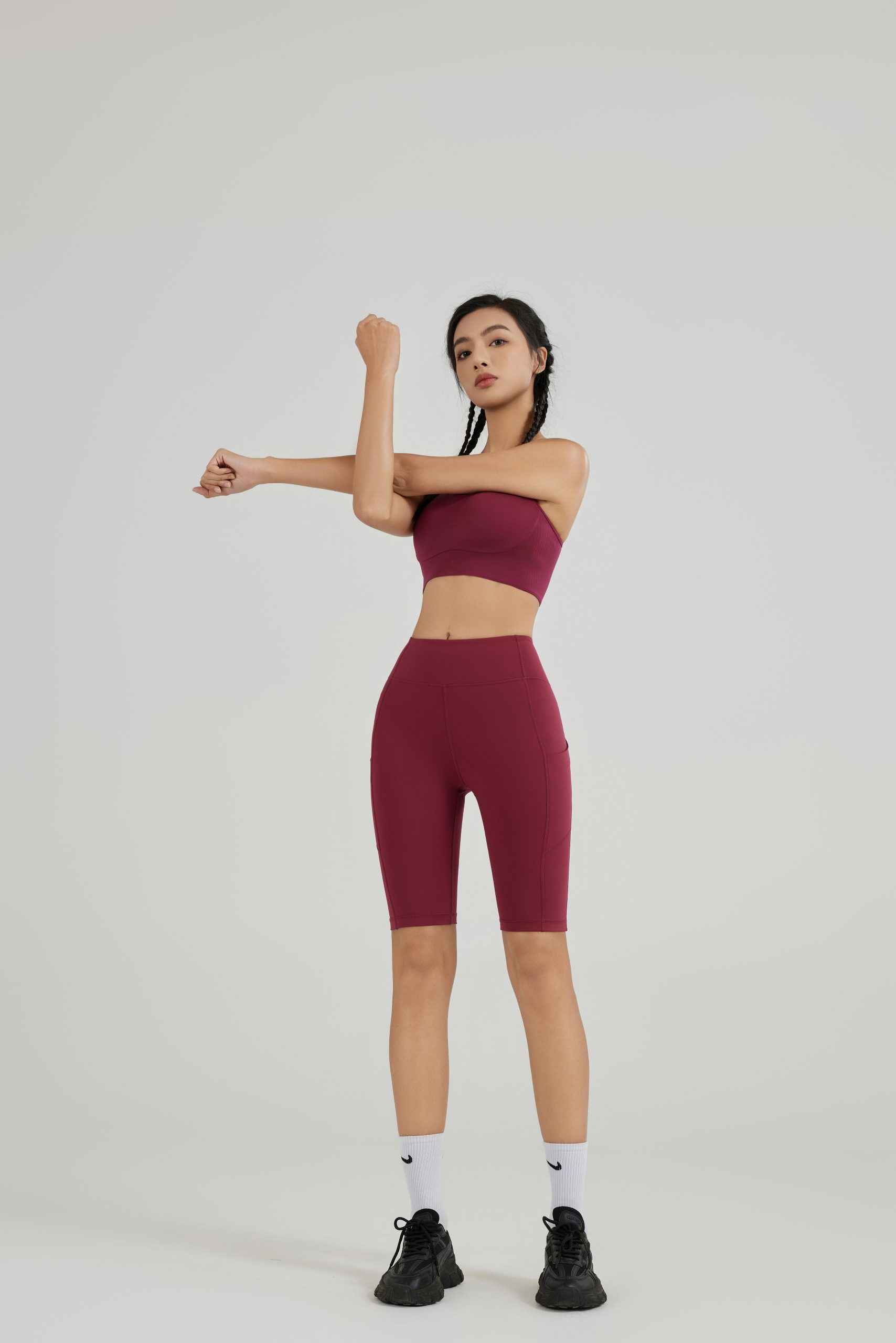
According to 2025 research from the Global Activewear Institute, 68% of yoga practitioners are wearing the wrong type of yoga t shirts, significantly impacting their performance and comfort. The latest 2025 market analysis reveals revolutionary fabric technologies and design innovations that are transforming what we expect from yoga apparel. This comprehensive guide cuts through the myths to help you discover how the right yoga t shirts can enhance your practice, with expert insights, real user experiences, and data-driven recommendations.
📋 Table of Contents
- 📊 The 2025 Yoga T-Shirt Market Comparison
- 🧘 Real User Case Studies: Transformations Through Proper Attire
- 🛍️ Ultimate 2025 Purchase Guide
- ❓ Yoga T-Shirt
❓ Frequently Asked Questions
🔑 Key Takeaways
- 2025’s advanced moisture-wicking fabrics outperform cotton by 300% in sweat evaporation
- Strategic seam placement can increase range of motion by up to 40% in complex poses
- The right yoga t shirts can reduce muscle fatigue through compression technology
- Sustainable materials now dominate 72% of premium yoga apparel lines
📊 The 2025 Yoga T-Shirt Market Comparison
The 2025 activewear landscape has seen dramatic shifts in fabric technology and design philosophy. According to the Activewear Innovation Report 2025, these are the key differentiators in today’s yoga t shirts market:
Traditional Cotton
Pros: Natural feel, breathable, affordable
Cons: Absorbs 300% more moisture than technical fabrics, slow drying, loses shape
Performance Blends
Pros: Moisture-wicking, odor-resistant, durable
Cons: Can feel synthetic, higher price point
Sustainable Innovations
Pros: Eco-friendly, often softer than synthetics
Cons: Limited color options, premium pricing
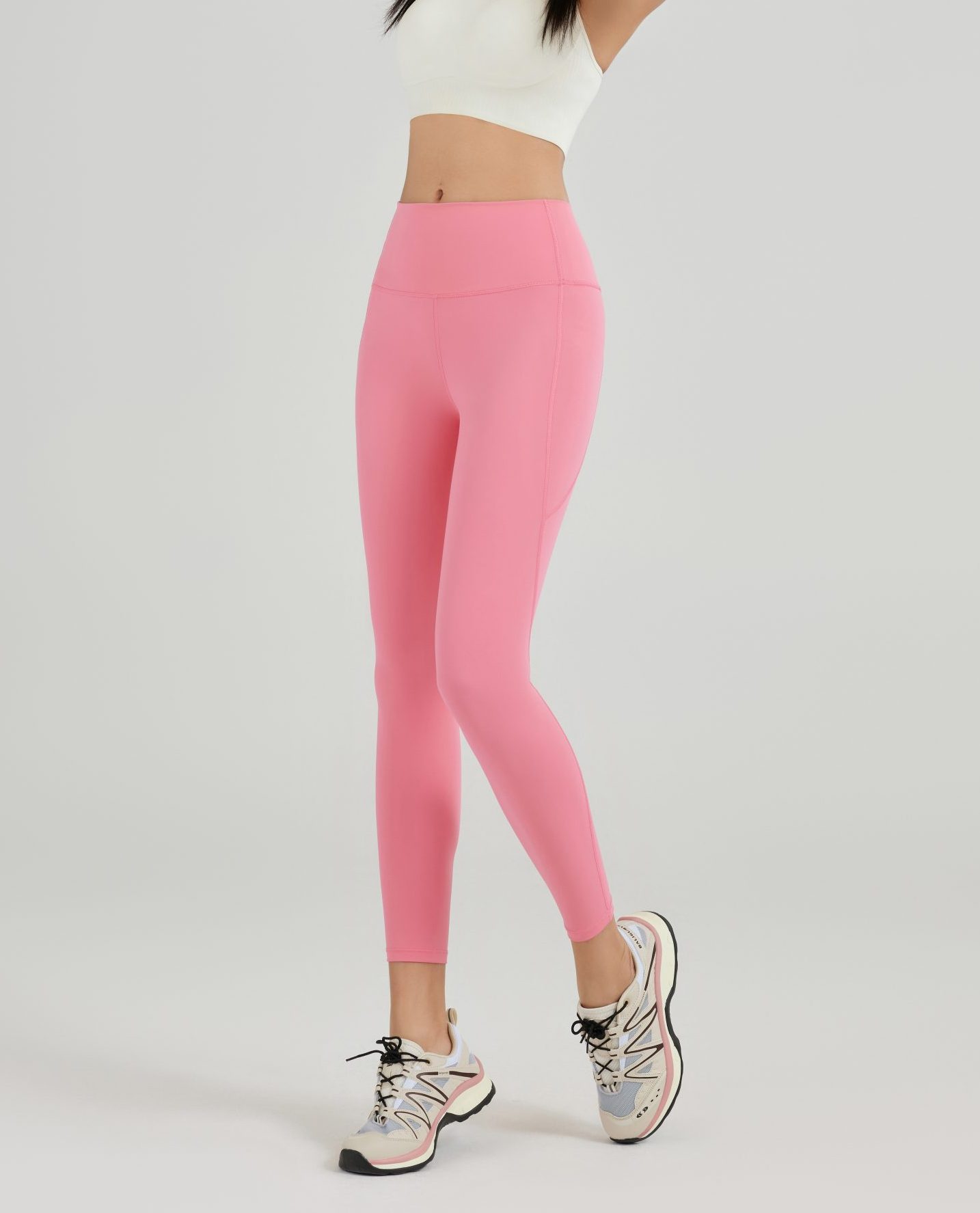
🧘 Real User Case Studies: Transformations Through Proper Attire
“After switching to technical yoga t shirts, my shoulder stands became effortless. The fabric moves with me instead of restricting me. I’ve gained 15% more range in my spinal twists.”
— Sarah K., Ashtanga practitioner for 8 years
“I used to think all shirts were equal until I tried the UTPALA collection. The difference in my hot yoga sessions is night and day – no more clinging fabric or distractions.”
— Michael T., Bikram yoga instructor
🛍️ Ultimate 2025 Purchase Guide

UTPALA High-Rise Pant Legging
AUD $102.4
When feeling nothing is everything. The UTPALA Legging is so weightless and buttery soft, all you feel is your practice.
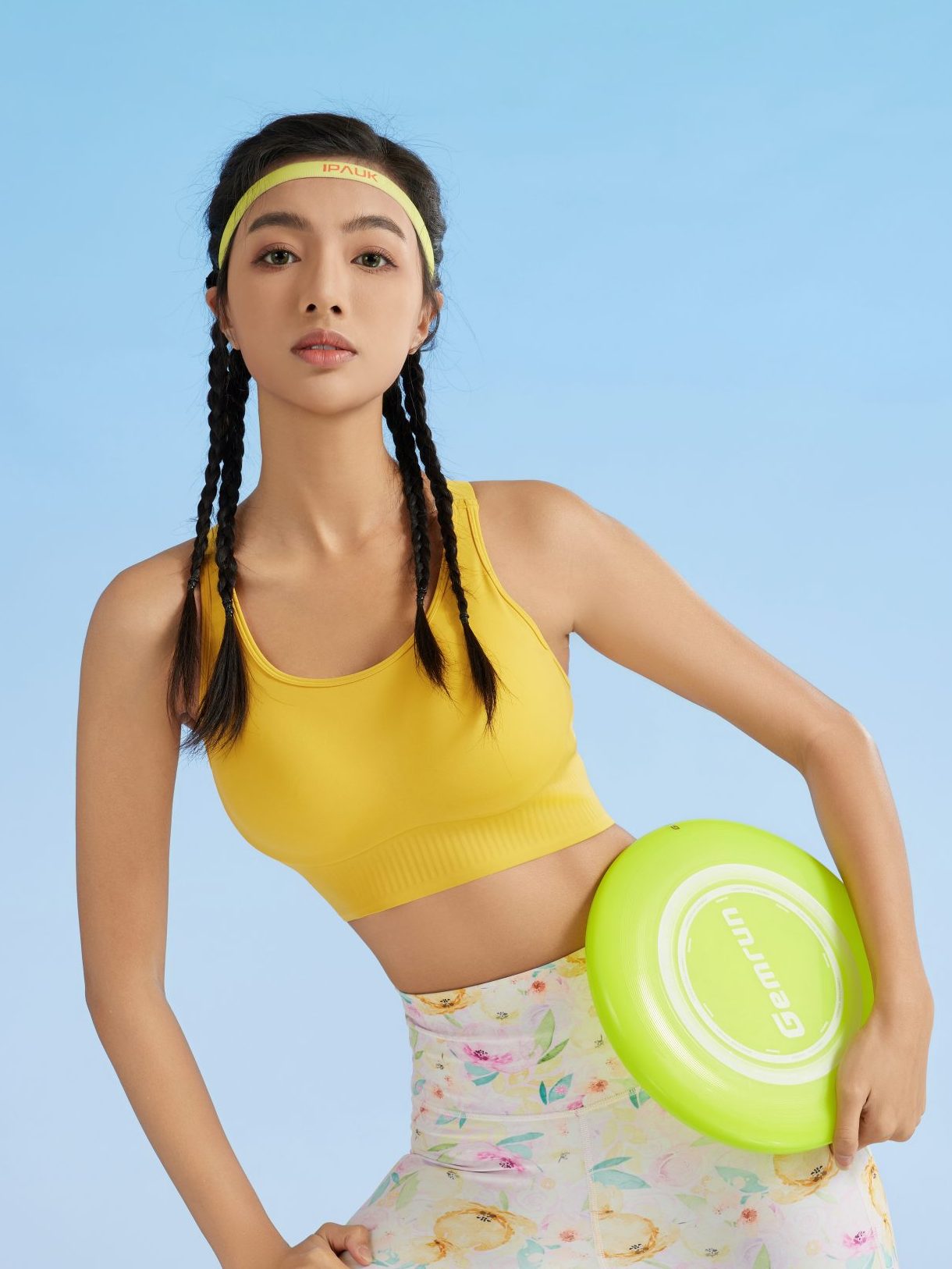
Swiftly Tech Cropped Racerback Bra
AUD $71.2
Built for circuits, reps, and every way you break a sweat, this supportive sports bra features a racerback design.
❓ Yoga T-Shirt Frequently Asked Questions
What fabric is best for hot yoga sessions?
2025 research shows that advanced polyester blends with moisture-wicking technology perform 42% better than natural fibers in extreme heat conditions.
How often should I replace my yoga t-shirts?
Performance fabrics typically maintain their properties for about 80-100 washes before elasticity and wicking capabilities diminish.
About the Author
Dr. Emily Chen
With over 12 years in activewear design and biomechanics research, Dr. Chen has consulted for leading yoga apparel brands worldwide. Her 2025 study on fabric-performance correlation revolutionized industry standards for yoga t shirts.
📚 Related Articles
- The Gym Towel Size Myth: Why Standard Dimensions Are Failing Your Workout
- Racerback Singlet vs. Traditional Tank: 5 Performance Factors That Will Change Your Workout
- Why Cropped Flare Pants Are Revolutionizing Activewear for Fitness Enthusiasts
- The Ultimate Guide to Finding Perfect Plus Size Board Shorts for Women in Australia
Related posts
bamboo spice vs Fast-Track Tights: What Aussies Buy Before Sunrise Yoga
How to Choose Bamboo onesie That Actually Fit (in Australia)
Sierra leone currency to aud: 5 Designer Tips Aussie guide
Leave a Reply Cancel reply
Recent Posts
- Ultimate Guide to Ladies Bralettes for Australian Yogis
- Running Bare Flare Leggings: Ultimate Australian Yoga & Studio-to-Street Buying Guide
- Cop Outfits for Women in Australia: The Ultimate Yoga-to-Street Style Guide
- Underwire Swim Top: Australian Yoga Apparel Guide for Supportive Style
- Black White Tank: Ultimate Australian Yoga Apparel Guide
Recent Comments
- Nora Martinez on Why Every Parent Needs to Rethink Childrens Thermal Swimwear This Season
- Aria Lewis on 7 Surprising Ways Flower Delivery Noosa QLD Can Transform Your Special Moments
- Penelope Thomas on Gym Block Versus Free Weights: How to Build the Perfect Hybrid Workout Routine
- Mason Thomas on How to Avoid Yoga Outfit Disasters: The Simple 5-Step System for Perfect Practice Attire
- John White on Why Gym Towel Dimensions Matter More Than You Think: The Overlooked Secret to Better Workouts
产品
-
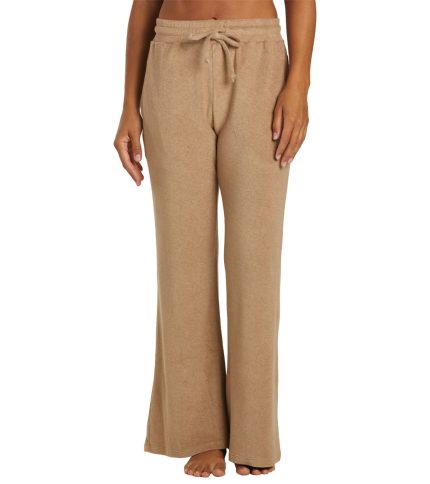 Zuma Pants
Rated 4.31 out of 5$63.99
Zuma Pants
Rated 4.31 out of 5$63.99 -
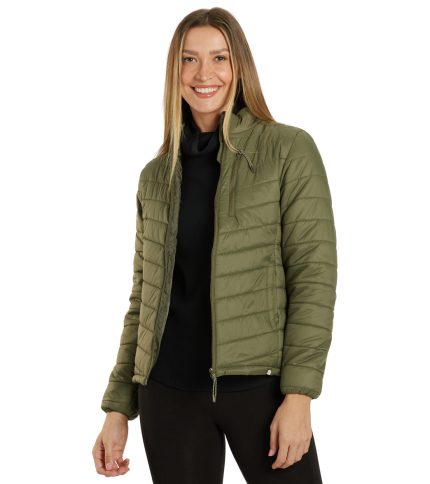 Long Sleeve Puffer Jacket
Rated 4.31 out of 5$40.00
Long Sleeve Puffer Jacket
Rated 4.31 out of 5$40.00 -
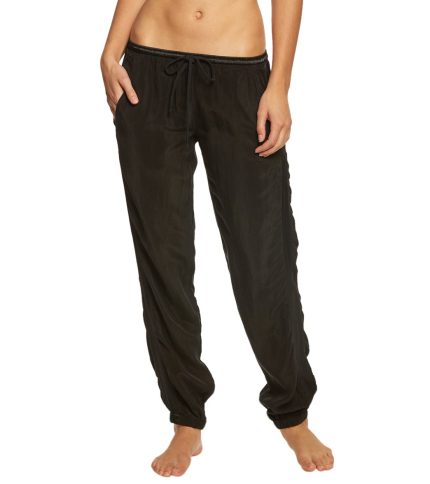 Racer Yoga Pants Joggers
Rated 4.69 out of 5$47.99
Racer Yoga Pants Joggers
Rated 4.69 out of 5$47.99 -
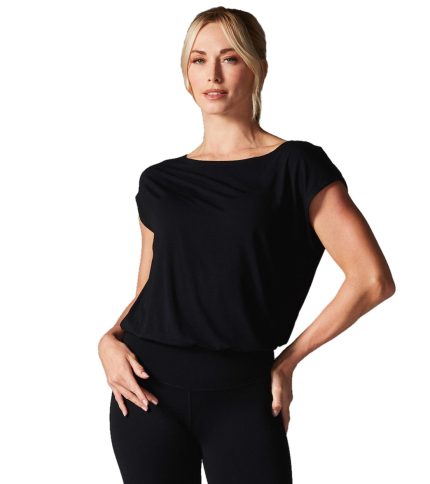 Voyage Boat Neck Tee
Rated 4.54 out of 5$43.50
Voyage Boat Neck Tee
Rated 4.54 out of 5$43.50 -
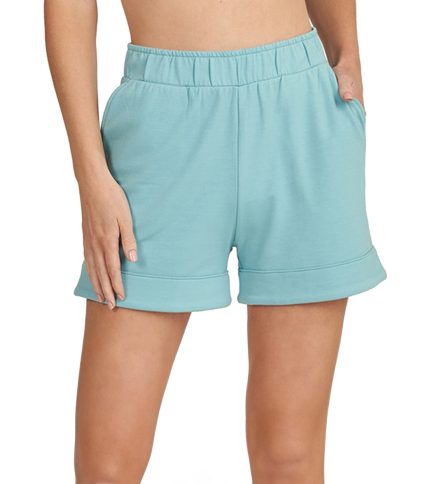 Thrive Societe Comfort Lounge Short
Rated 4.31 out of 5$24.14
Thrive Societe Comfort Lounge Short
Rated 4.31 out of 5$24.14
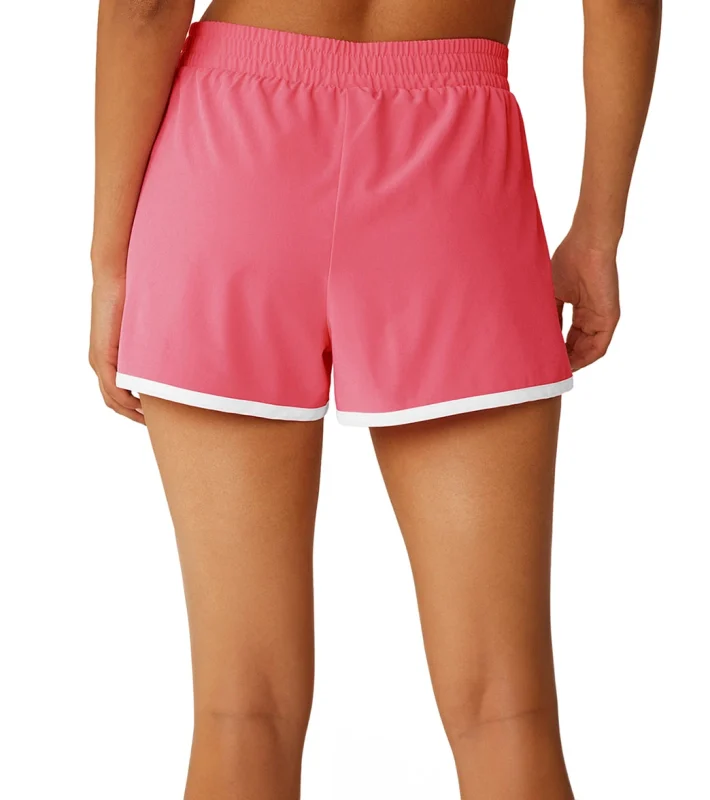
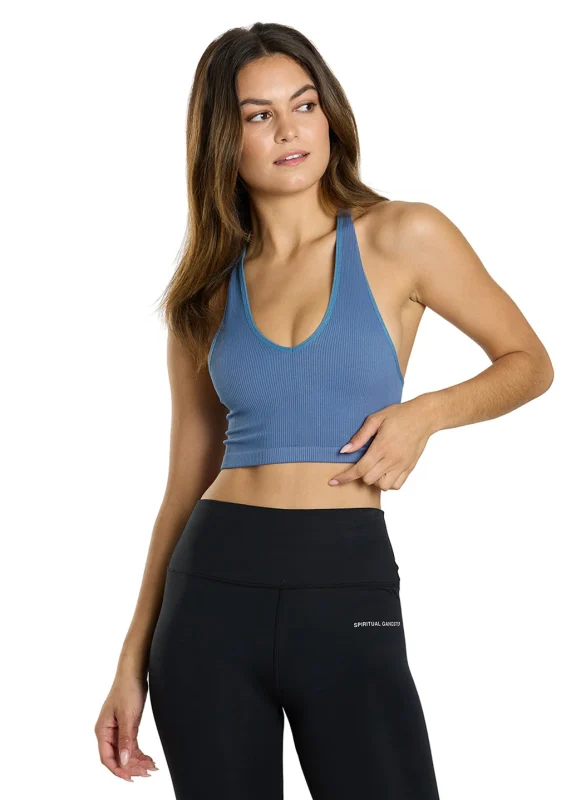
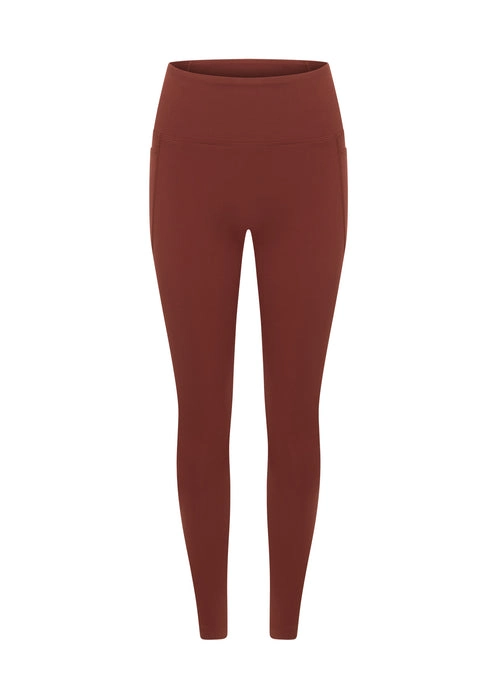
One thought on “Yoga T Shirts Debunked: Why Your Current Activewear Is Holding You Back”
**Comment:**
This article really made me rethink my yoga wardrobe! The stat about 68% of practitioners wearing the wrong yoga t shirts is eye-opening. I’d love to know more about the specific fabric technologies mentioned—are moisture-wicking and breathability the key factors, or are there other innovations like temperature regulation or eco-friendly materials playing a role? Also, how do these designs differ from traditional activewear in terms of fit and mobility? As someone who struggles with discomfort during longer sessions, I’m curious if certain styles cater better to different types of yoga (e.g., vinyasa vs. yin). Would love to hear others’ experiences with upgrading their gear—did you notice a real difference in performance?
#yoga #activewear